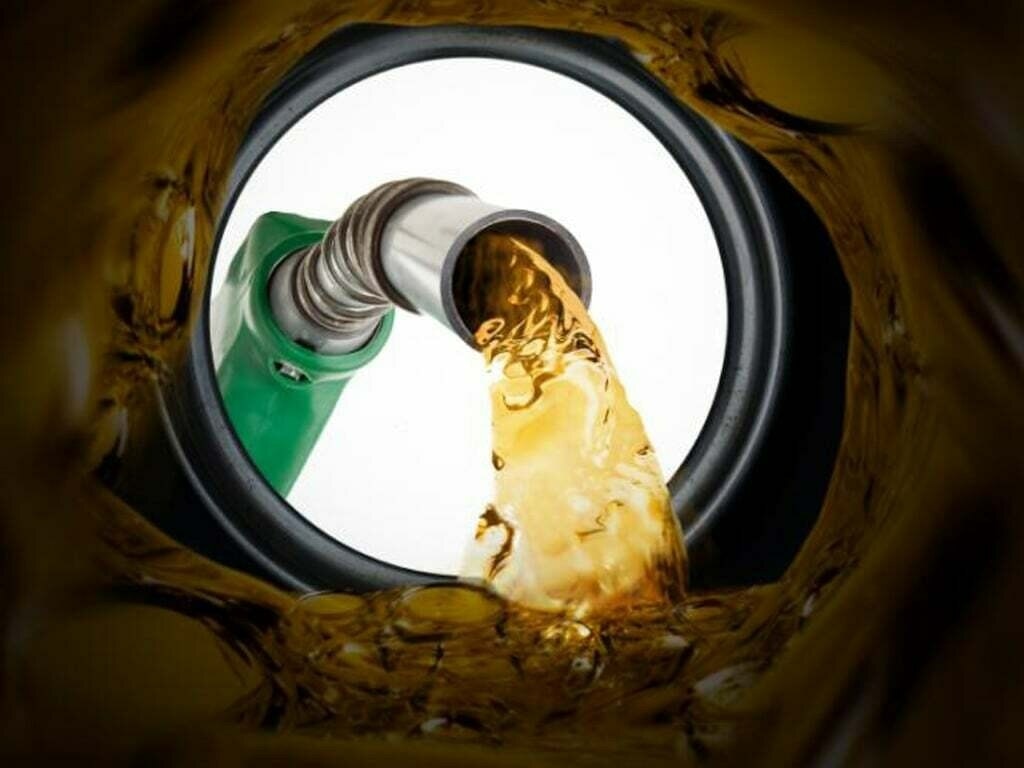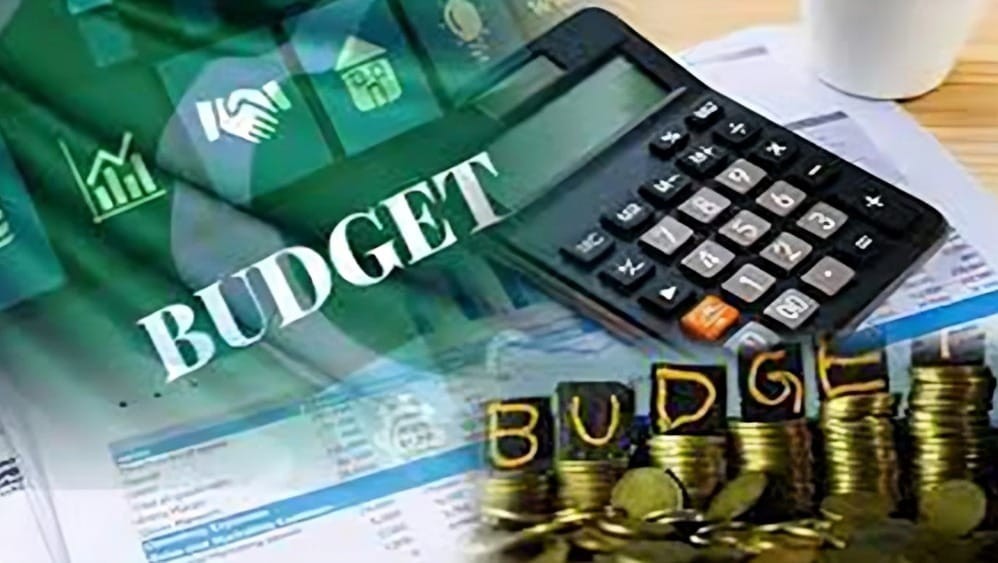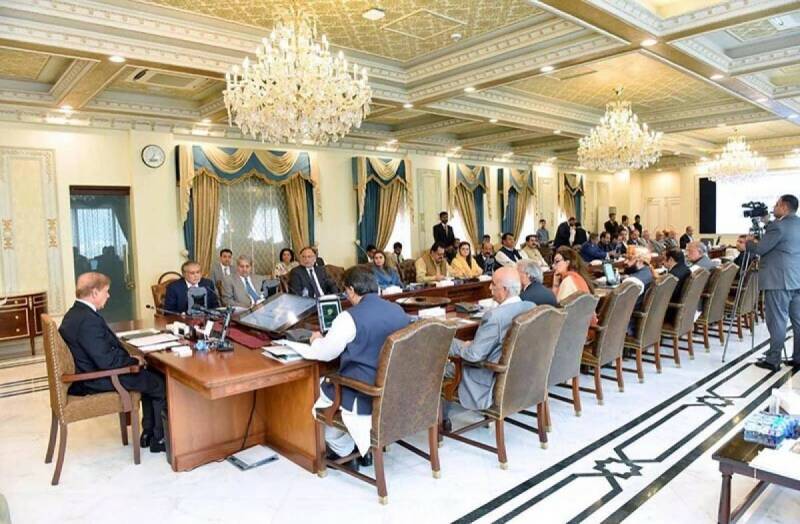PTBP Web Desk
The federal government has recently announced a reduction in petrol price in Pakistan, bringing the cost down by Rs10 per litre as part of its fortnightly revision.
The new price of petrol is now set at Rs259.10 per litre, effective from September 16. This change comes in response to a significant drop in international crude oil prices, which have fallen from $90 to approximately $70 per barrel, the lowest in the past six months.
According to the official notification, the new price of petrol stands at Rs259.10 per litre, and high-speed diesel is now priced at Rs249.69 per litre. Kerosene oil has also seen a reduction, falling by Rs11.15, bringing its new price to Rs158.47 per litre. Light diesel oil has become Rs12.12 cheaper, with the new price set at Rs149.13 per litre. These reduced rates will remain in place for the next fortnight.
The decision to lower fuel prices follows a downward trend in the international oil market. From September 1 to September 14, crude oil prices dropped by Rs8 to Rs12 per barrel. The price of crude oil, which was at $90 per barrel in April 2024, has now fallen to around $70 per barrel, the lowest in the last six months. In response to this global decline, Ogra, in consultation with the petroleum ministry, sent a summary to the finance ministry recommending a price reduction in the range of Rs6 to Rs10. This recommendation was based on the international price decrease, aiming to pass on the benefit to consumers.
The pricing formula for fuel in Pakistan is determined by the government, which takes into account various factors, including international market rates and domestic fiscal policies. In the current fiscal year’s budget, the government increased the maximum petroleum levy from Rs60 to Rs70 per litre, with the target of collecting Rs1.28 trillion. This target is nearly Rs150 billion higher than the previous year’s collection and exceeds the budget target of Rs869 billion. Despite the current reduction, the government has imposed approximately Rs78 per litre in taxes on petrol and high-speed diesel (HSD). Moreover, an additional Rs8 per litre in customs duties is levied on both petrol and HSD, regardless of whether they are produced locally or imported. Oil companies and their dealers receive around Rs17 per litre as distribution and sale margins.
The reduction in fuel prices comes at a crucial time, as the finance ministry is in the process of formalizing a staff-level agreement with the International Monetary Fund (IMF) before the Executive Board meeting on September 25. This agreement is subject to stringent conditions imposed by the global lender, which adds pressure on the government to balance fiscal objectives with public welfare.
While the price cut is a relief to consumers, there was speculation that the government might opt for a smaller reduction in fuel prices to present a higher revenue figure. This would help in meeting the stringent revenue targets set by the IMF, especially given the ongoing negotiations. However, the government chose to implement a more substantial reduction in response to the decline in international oil prices.
Since May, petroleum prices in Pakistan have decreased by Rs47.54 per litre, according to Petroleum Minister Musadik Malik. He emphasized that while Pakistan purchases fuel at international market rates, the country does receive some discount on the premium. This discount has contributed to the recent reductions in fuel prices, offering some respite to consumers amid fluctuating global markets.
The decision to slash fuel prices is expected to have a positive impact on the economy, potentially easing inflationary pressures and providing relief to consumers and businesses alike. The reduction in transportation costs could lead to a decrease in the prices of essential goods and services, benefitting the broader population. However, the long-term impact of these changes will depend on the stability of international oil prices and the government’s ability to manage fiscal policies in a way that promotes economic growth while meeting its revenue targets.




